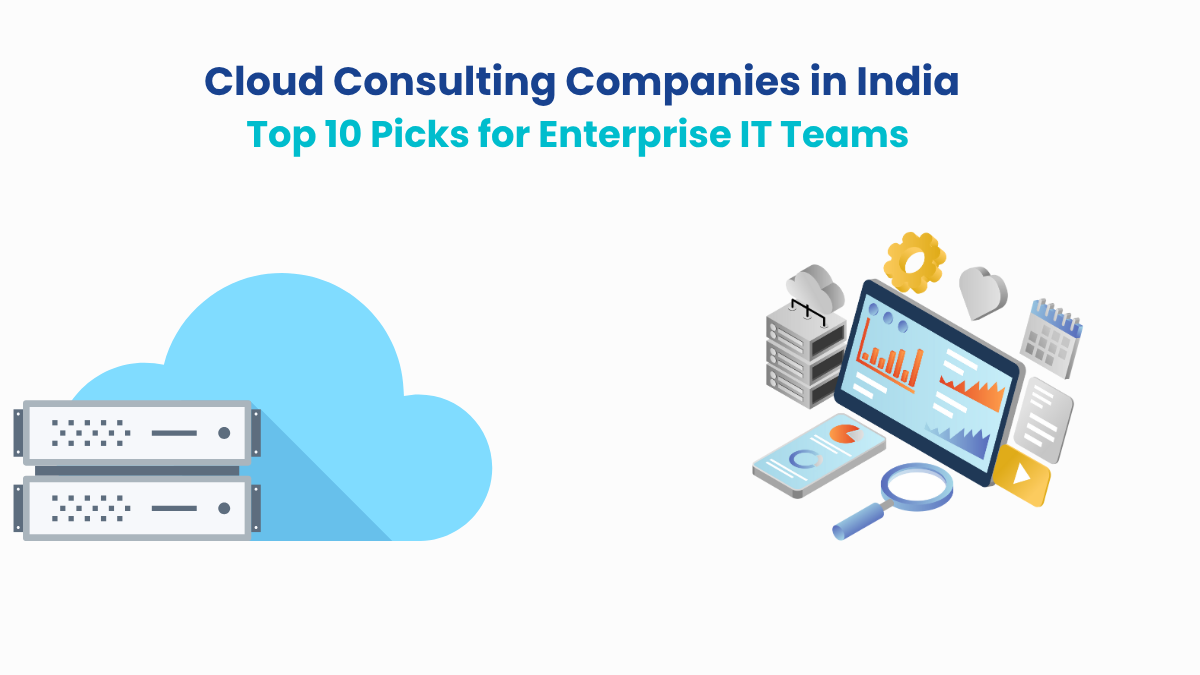Choosing the right AI-driven network solution is a strategic decision. For IT leaders focused on network resilience, automation, and proactive user experience management, both Juniper Mist and Cisco Meraki offer strong capabilities.
However, these platforms approach AI and automation differently.
Juniper Mist leverages an AI-native, microservices-driven architecture to continuously optimize network performance, reduce manual workloads, and ensure proactive issue resolution.
With Mist AI’s reinforcement learning, organizations gain deeper insights and automation across their entire network environment, from wireless to wired and WAN.
Cisco Meraki, on the other hand, is known for its ease of use and centralized cloud management, making it a popular choice for smaller or more straightforward network setups.
While Meraki offers solid functionality, its AI capabilities focus more on basic automation, providing good support for smaller networks or distributed environments where simplicity and central management are priorities.
In this article, we’ll compare Juniper Mist and Cisco Meraki across architecture, AI capabilities, security, and real-world applications.
1. Architecture and Design: Modern Microservices vs. Traditional Cloud
A network’s architecture impacts everything from scalability to downtime. Here’s how Juniper Mist and Cisco Meraki compare in structure.
Juniper Mist’s Microservices Architecture
Juniper Mist is built with a cloud-native, microservices approach, allowing rapid updates and flexible scaling without downtime.
This containerized design means updates can be rolled out to specific services without disrupting the entire network.
For large or complex enterprises, this reduces operational interruptions and provides a smoother, more adaptable network experience.

Cisco Meraki’s Centralized Cloud Model
Cisco Meraki’s architecture is more traditional. It offers centralized cloud management that makes it easy to control network configurations from a single dashboard.
This model works well for smaller, simpler environments. However, Meraki’s design requires more scheduled downtimes for updates compared to Mist’s microservices model, which can impact scalability in more complex setups.
Juniper Mist’s microservices design is ideal for organizations with dynamic, large-scale needs, while Meraki’s straightforward model may suit smaller, less complex deployments.
2. AI Capabilities: Predictive Automation and Self-Healing
AI capabilities are central to both Juniper Mist and Cisco Meraki, but their approaches differ in depth and complexity.
Juniper Mist’s AI-Native Automation
Mist AI is purpose-built to proactively manage network performance. Using reinforcement learning, Mist AI continuously fine-tunes network settings, dynamically adjusting Wi-Fi and WAN parameters to improve user experience.
Mist’s Service Level Expectations (SLEs) allow IT teams to set performance benchmarks that Mist AI will actively work to meet, preventing potential issues before users notice them.

Cisco Meraki’s AI-Driven Optimization
Cisco Meraki offers AI-based features focused on automating basic network optimizations. For example, Meraki’s Auto RF helps manage radio frequency settings, adjusting channels and power as needed.
However, this approach lacks the real-time, self-healing depth found in Mist AI. Instead, Meraki’s AI focuses on occasional tuning rather than continuous optimization, which can lead to more hands-on adjustments for IT teams.
With Juniper Mist, enterprises benefit from deeper AI that self-heals and learns continuously, making it ideal for environments where uptime and user experience are mission-critical.
3. Core Feature Comparison: Marvis Virtual Assistant and RF Optimization
When it comes to everyday network management, features like AI-powered assistants and RF optimization make a difference.
Juniper Mist’s Marvis Virtual Assistant
Marvis is Juniper’s AI-driven virtual assistant, capable of interpreting natural language requests and troubleshooting network issues in real-time.
IT teams can query Marvis in plain English, making it easier to address problems quickly.
Marvis also uses predictive insights to suggest actions and solve issues automatically, meaning fewer manual tasks for IT and a more responsive network environment.

Cisco Meraki Dashboard
Meraki’s dashboard provides a user-friendly interface for centralized network management, ideal for teams looking for simple, organized control.
However, it doesn’t include an AI assistant like Marvis for hands-free troubleshooting. This makes Meraki more dependent on manual input for issue resolution, which can add to IT workload.
For organizations looking to streamline IT workflows, Mist’s Marvis assistant brings significant value through its predictive and self-healing capabilities.
4. Deployment and Installation: Fast and Automated vs. User-Friendly
Installation and deployment efficiency matter for enterprises scaling across multiple sites.
Juniper Mist’s App-Based Installation and Auto-Provisioning
Mist’s installation app uses QR codes to make deployment easy and quick. Mist AI’s machine learning helps auto-orient access points (APs) and validate placement, reducing the need for on-site validations.
This means less time for installations and fewer site visits, which is ideal for organizations with large or distributed locations.

Cisco Meraki’s Simplified Setup
Meraki is known for its straightforward setup, with an easy-to-use interface that simplifies network deployment.
However, Meraki lacks Mist’s auto-provisioning features, requiring more manual configurations and site validations. For simpler networks, this approach works well, but it’s less efficient for larger installations.
Juniper Mist’s automated provisioning saves time in complex deployments, while Meraki’s simplicity may suit smaller, centralized environments.
5. Use Cases: Best-Fit Environments
Each platform’s strengths make it a better fit for certain types of environments.
When to Choose Juniper Mist
Juniper Mist is ideal for organizations with high-performance requirements, such as universities, hospitals, or large corporations needing AI-powered automation.
Mist’s proactive automation, combined with Marvis and reinforcement learning, makes it a strong choice for sectors where user experience is paramount.

When to Choose Cisco Meraki
Cisco Meraki’s ease of use and centralized cloud management make it suitable for smaller networks or distributed retail chains that prioritize simplicity.
For smaller or less complex setups, Meraki’s functionality and user-friendly dashboard offer strong benefits.
Organizations with dynamic, high-traffic networks may find Juniper Mist’s depth beneficial, while Meraki remains a good choice for straightforward needs.
6. Security and Compliance: Zero Trust and AI-Powered Protection
Security is essential in today’s enterprise environment. Here’s how Mist and Meraki compare.
Juniper Mist with SRX Firewalls
Juniper Mist integrates seamlessly with Juniper’s SRX Firewalls, providing advanced threat protection and supporting Zero Trust architectures.
This combination offers inline microsegmentation, which helps IT teams identify and isolate security threats in real-time.
For regulated industries, Mist’s compliance capabilities are robust, with security that adapts alongside the network.

Cisco Meraki’s Integrated Security
Meraki offers built-in security features, such as firewall and content filtering, suitable for environments with standard security needs.
While Meraki provides good baseline protection, it lacks Mist’s deep integration with advanced threat detection and Zero Trust policies, which may be critical in highly regulated sectors.
For organizations needing layered security, Juniper Mist’s integration with SRX firewalls provides more comprehensive options.
Recommended Read: Want to simplify SecOps automation? Download our free guide: A Practical Guide to Deploying SecOps Automation to learn how AI-driven security enhances network resilience.

7. Cost and ROI: Reducing Overhead and Maximizing Value
When it comes to cost, Juniper Mist and Cisco Meraki cater to different needs.
Juniper Mist’s Cost Efficiency through Automation
Mist’s proactive automation reduces troubleshooting time and lowers the volume of IT support tickets.
With fewer site visits and automated configurations, Mist offers long-term cost savings for enterprises with high IT overheads.
Its microservices structure also enables seamless scaling without expensive hardware updates.

Cisco Meraki’s Accessible Cost Structure
Meraki’s pricing is straightforward and attractive for organizations with simpler setups. For small to mid-sized networks, Meraki provides solid functionality at a lower cost.
However, larger organizations may find Mist’s automation offsets its initial investment through reduced IT workload and higher productivity.
Juniper Mist is a solid investment for enterprises seeking scalability and operational efficiency, while Meraki offers value for small to medium environments.
Real-World Example: Datacipher’s Juniper Mist Deployment
To see Mist AI’s capabilities in action, consider how Datacipher, a trusted Juniper partner, deployed Mist AI for a large global organization.
With locations across the globe, this client required seamless connectivity, centralized management, and strong security.
Datacipher implemented Mist AI-driven WLAN and SRX Firewalls to deliver:
Enhanced Connectivity: Mist AI continuously optimized performance across sites, reducing downtime and ensuring reliable user experience.
Advanced Security: Integration with SRX Firewalls enabled proactive threat management, supporting compliance and Zero Trust.
Scalability: Mist’s microservices architecture allowed the network to scale easily, adapting to the organization’s growing needs without major disruptions.
Datacipher’s expertise ensured that the solution met the client’s high-performance standards, showcasing Mist AI’s strengths in complex environments.
Choosing the Right Solution with Datacipher
Both Juniper Mist and Cisco Meraki bring value to AI-driven networking. Mist’s advanced AI automation, microservices design, and security integrations make it ideal for large or complex networks requiring constant optimization.
Meraki, with its straightforward deployment and centralized management, is an excellent choice for simpler networks where ease of use is key.
If you’re ready to explore how Juniper Mist can drive proactive automation and improve network resilience, Datacipher is here to help.
As a trusted Juniper partner, Datacipher provides tailored implementation and support, ensuring Mist AI meets your specific needs.
Contact us for a personalized consultation to see how Mist AI can transform your network.
Disclaimer: The information in this article is sourced from publicly available reviews, industry insights, and online resources. While we strive to ensure accuracy, technology and network solutions are continuously evolving. If you believe any information requires updating or clarification, please feel free to reach out to us for further assistance.





